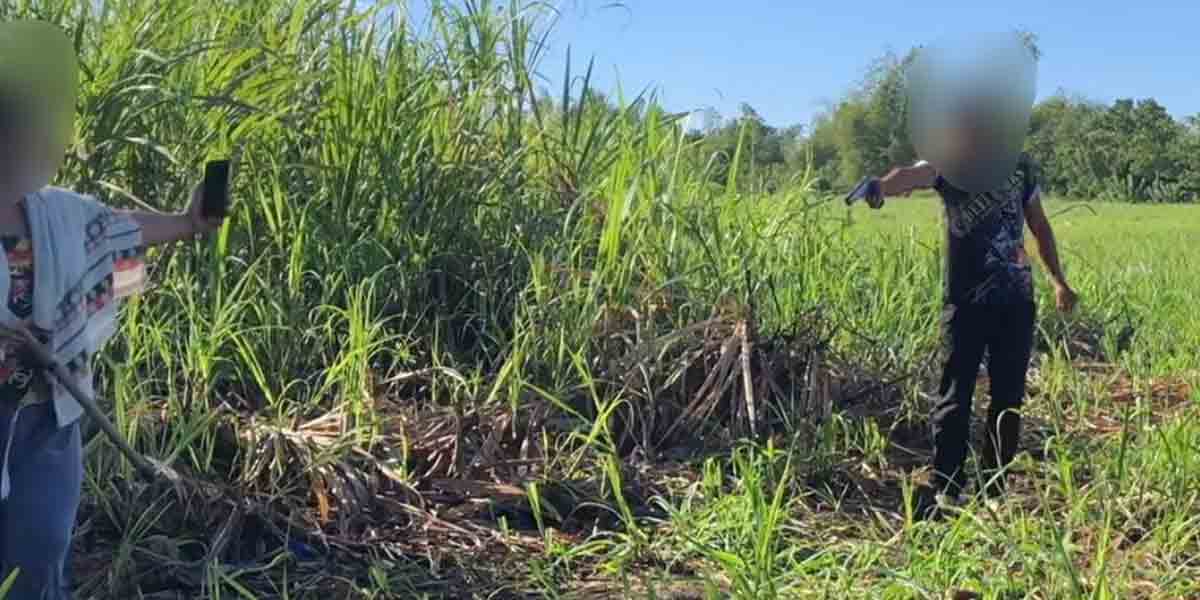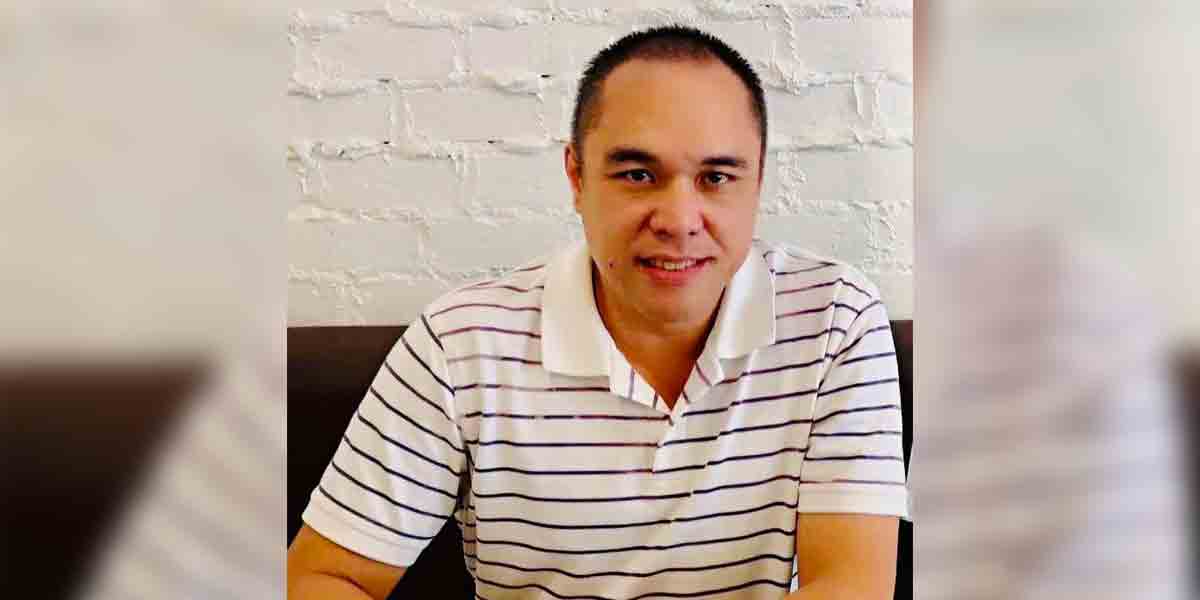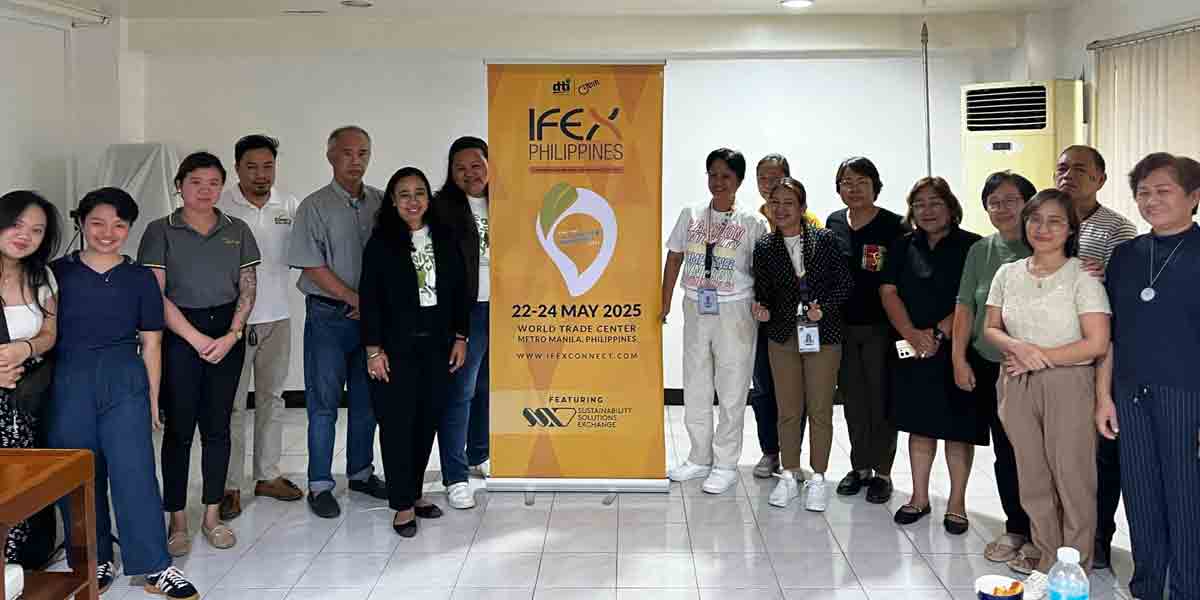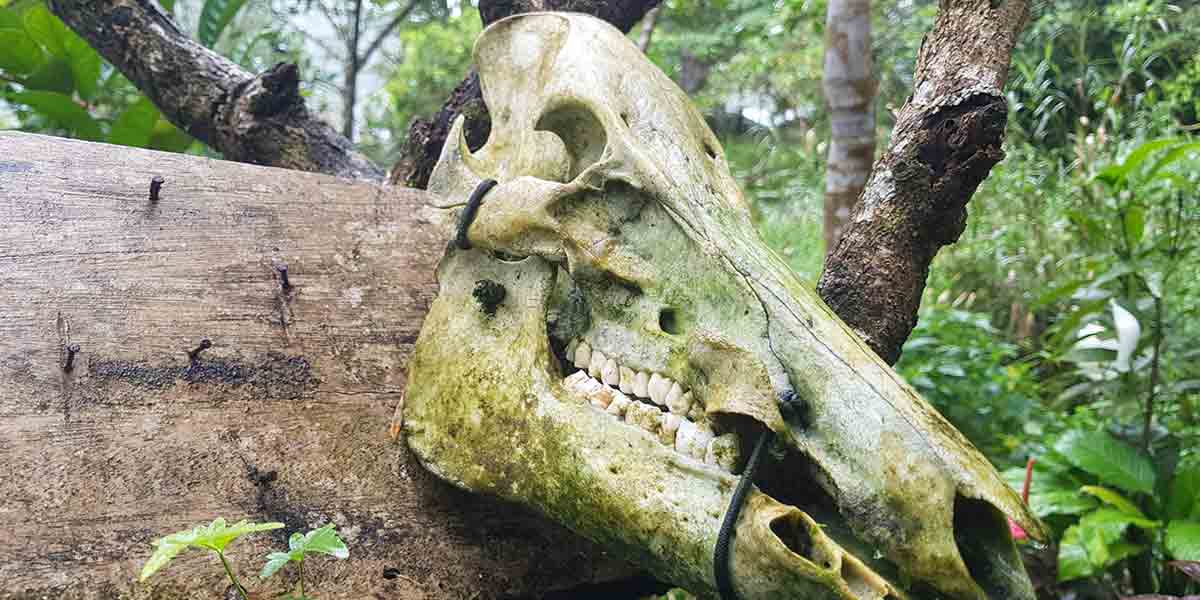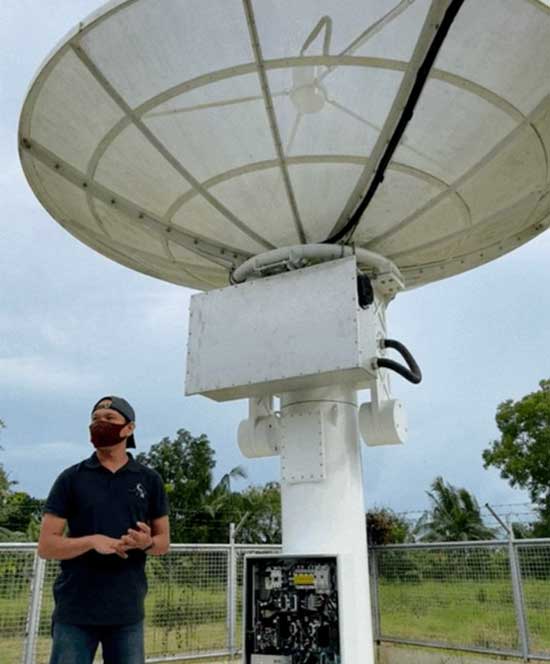The Department of Science and Technology will Inaugurate the Ground Receiving Station in Iloilo, which will provide satellite images and other spaceborne data to various government agencies, local government units, and state universities and colleges.
The inauguration ceremony takes place today, March 10, 2023, at the Iloilo Science and Technology University in Dumangas Campus, Iloilo. The event will feature the unveiling of the inaugural marker, a live satellite demonstration, and a tour of the Ground Receiving Station.
Operated by the Advanced Science and Technology Institute (DOST-ASTI), the Iloilo GRS houses a 3.5-meter Earth Observation satellite tracking antenna. It completes the establishment of ground stations in the three major islands of the country: Luzon, Visayas, and Mindanao.
The satellite tracking antenna was made possible through the collaboration between DOST-ASTI and Hokkaido University in Japan through the project Understanding Lightning and Thunderstorms for Extreme Weather Monitoring and Information Sharing (ULAT). The project is also in cooperation with Japan International Cooperation Agency (JICA) and Japan Science and Technology Agency (JST) as an Official Development Assisted (ODA) project.
“We extend our gratitude to all parties involved in making this project a reality, and we look forward to the GRS in Iloilo playing an essential role in advancing our knowledge of extreme weather patterns and conditions in the country” says DOST Undersecretary Leah Buendia.
The ULAT Project aims to produce short-term forecast by observing torrential rainfall, thunderstorm and lightning occurrences using the weather and lightning data from the Japanese-designed stations, satellite images, and other scientific equipment such as drop sonde and radiosonde data. The out of this project includes the i) establishment of Dense Network of Lightning Sensores, ii) use of Satellite for Analysis, iii) Forecasting of Method Development, and iv) Data Sharing Platform.
The inauguration will be attended by DOST Secretary Renato U. Solidum and JICA Chief Representative SAKAMOTO Takema, showcasing their support for this project. Not only will this development benefit the scientific community, but it also offers the local community the chance to be part of a significant scientific breakthrough.


